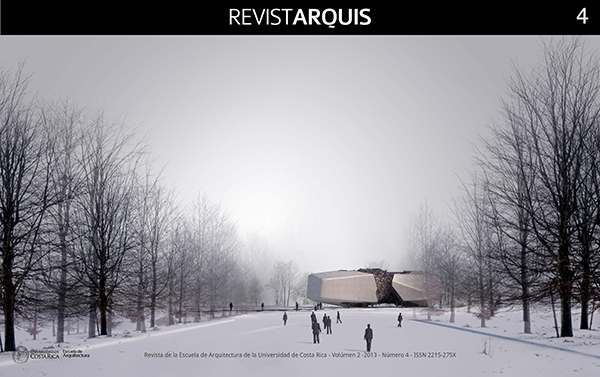Resumen
Abstract
This paper addresses the issue of invisibility as relating to visual art
through a discussion of my practical and theoretical research. Visual art addresses, at least partly, our sense of visual perception. For example, with regards to drawing, what is usually or traditionally visible is the mark of the artist—that is what draws the attention of the viewer. This paper investigates how the relationships between viewer, artist, artwork and space shift when the artist’s mark or action becomes almost invisible. Invisibility comes not as a result of the artist doing “nothing,” but rather as a result of carefully recreating preexisting marks on a surface. This methodology leads to the artist’s marks becoming “absorbed” by the surface or becoming indistinguishable from preexisting marks. Moreover, the artworks are
not framed and, thus, they partially blend into the surrounding space. As a result, on first coming in the same space as the work, the viewers may not see the work. I propose that the partial invisibility of the artist’s marks ultimately challenges the status of artworks, space, viewers and artist.
This opens a path for rethinking subjectivity and the relationship with the “other” through art—whether that other is the artist’s mark in relation to the surface and its preexisting marks, the artwork in relation to the surrounding space, the artist in relation to the viewer, or even, the self in relation to the other.
Resumen
En este artículo se aborda el tema de la invisibilidad en relación con las artes visuales a través de un análisis de mi investigación práctica y teórica. El arte visual, nos remite, al menos en parte, a nuestro sentido de la percepción visual. Por ejemplo, en lo que respecta al dibujo, lo que usualmente o tradicionalmente es visible es la marca del artista que es lo que atrae la atención del espectador. Este artículo investiga cómo las relaciones entre espectador, el artista, la obra y el espacio, varía cuando la marca o la acción del artista se vuelve casi invisible. La invisibilidad comprendida no como resultado de la no acción del artista, sino más bien como resultado de recrear cuidadosamente marcas preexistentes sobre una superficie. Esta metodología supone que las marcas del artista llegan a ser “absorbidas” por la superficie o se vuelven indistinguibles de las marcas preexistentes. Por otra parte, las obras de arte no están enmarcadas y, por lo tanto, se mezclan parcialmente en el espacio circundante. Como resultado, al encontrarse por primera vez en el mismo espacio que el trabajo, los espectadores podrían no ver la obra de arte. Propongo que la invisibilidad parcial de las marcas del artista desafía el status de las obras de arte, el espacio, el espectador y el artista. Esto abre un camino para replantear la subjetividad y la relación con el “otro” a través del arte, ya sea que el “otro” sea la marca del artista en relación a la superficie y sus marcas preexistentes, las obras de arte en relación con el espacio que lo rodea, el artista en relación con el espectador, o incluso, el ser mismo en relación con el otro.

